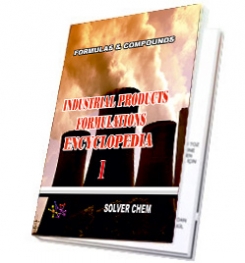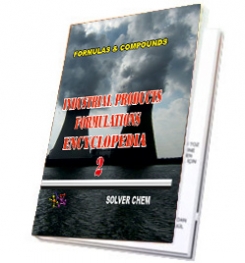Engine oils have changed considerably over the last ten years. A major advance is greater availability of new, more highly refined base-stocks that significantly enhance lubricant performance under more demanding operating requirements. The American Petroleum Institute (API) identified five base oil categories that are used with the API Base Oil Interchange Guidelines to help assure that engine oil performance is not affected adversely when one basestock is substituted for another in a finished oil formulation.
Historically, refiners made basestock by solvent refining and dewaxing selected crude oil fractions (Group I). With the development of hydrotreating and hydrocracking technology, refiners introduced highly refined, low aromatics, low wax basestocks with improved oxidation stability in large volume (Group II).
More recently, higher viscosity index basestocks made by high severity hydrocracking of petroleum fractions have become available (Group III). Group III stocks differ from Group II products in the structure of the lube oil molecules that impart the higher viscosity index. Group III basestocks are limited to lower viscosities, typically, 4 to 7 cSt at 100°C.
API identified polyalphaolefins (PAOs) as a special class of basestock. PAOs are made by a chemical process and have the characteristics of uniform composition, very high oxidation stability, high viscosity index and no waxy molecules. By adjusting the manufacturing process, PAOs can be made in a wide range of viscosities, commonly from 4 cSt to 100 cSt at 100°C. For many years, PAOs and esters (Group V) were the only available premium basestocks for engine lubricants operating under extreme temperature and conditions.
Most synthetic engine oils made with PAO now contain a small amount of ester to give the basestock the same solvency power as typical mineral oils. This helps to assure that the synthetic lubricant will have the same seal swell characteristics as conventional oils.
Table 2 lists some typical properties of Group I through Group IV basestocks with similar viscosities at 100°C.
Critical base oil properties improve from Group I to Group IV. Also, less viscosity index improver (polymer) is required in multigrade engine oils with the higher VI basestocks. This leads to improved shear stability (Stay-In-Grade) and fewer deposits from polymer degradation.
Basestocks that have been severely hydrogenated to remove almost all aromatics (Group II and III) and chemically manufactured, 100 percent paraffinic PAOs (Group IV) have an added advantage in boosting the performance of dispersants in the additive package of fully formulated oils to hold soot in finely divided suspension in the oil. Soot forms in engine lubricating oil when fuel is not completely burned. If the soot is not properly dispersed, viscosity increase due to soot thickening can shorten the useful life of the oil. Also, soot particles can clump together and form deposits in critical parts of the engine. 1
The main barrier to using better performing Group III and Group IV basestocks is cost, Table 3. Group IV (PAO) basestocks used in conjunction with esters (Group V) are more expensive than other basestocks derived from crude oil. The decision to use engine oils made with PAO/ester blends has to be based on a cost/benefit analysis to justify the higher price of the lubricant against the anticipated benefits.

any engine oil
LUBRICATING OIL
FORMULATIONS
ENCYCLOPEDİA
is enough.
LUBRICATING OIL FORMULATION ENCYCLOPEDIA has many formulations of greases, complex grease, lithium grease production,sodium greases formula, formulation,multigrade engine oils manufacturing process,motor oils making, gear oil production, synthetic engine oils,semi synthetic motor oils,gasoline oils,diesel oils production process,composition of turbine oils,transmission oil manufacturing, production of cycle motor engine, tractor oils,mineral based motor engine production,heat transfer oils, slideway oils formulation, formulations, cutting oils formula,formulas grinding oils,mould oils manufacturing process and etc.
All lubricating oils in the encyclopedia are producible easily.You need no help and no technıcal support. The encyclopedia is enough to produce lubricating oils and engine oils itself.
LUBRICATING OIL
FORMULATIONS
ENCYCLOPEDIA
is written clear and understandable.


HARD BOOK E BOOK
RELATED TAGS: What is engine oils,making synthetic diesel engine oil,semi synthetic engine oil manufacturing process,mineral based engine oil production, heavy duty engine oil formulation,high performance engine oil formula,formulas,properties of motor oils,synthetic motor oil msds, analysis,composition of engine oils,additives of motor oils, mineral engine oil formulation,make semi synthetic diesel engine oil, base oils,synthetic base oils,light neutral oil,heavy neutral oil,performance additives package, properties of diesel engine oil, how to formulate engine oils, types of engine oils, synthetic motor oils,ingredients of engine oils,compounds of engine oils, index of motor oil,characteristic of motor oils,application of motor oils,combination of synthetic engine oils.
SOLVERCHEM PUBLICATIONS

|
|

|
|

|
|
